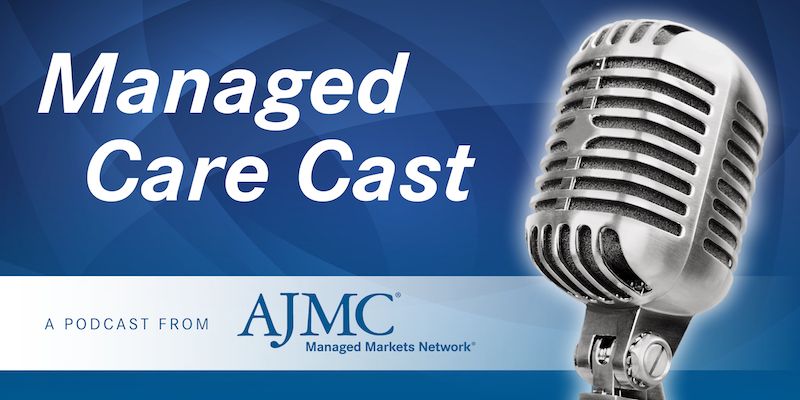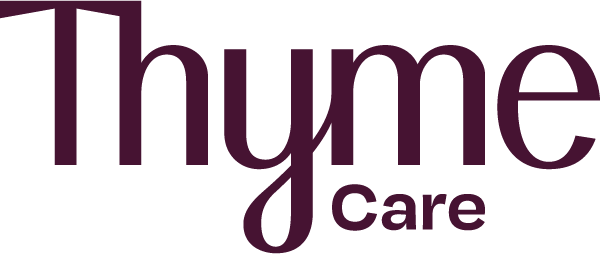Article
More Healthcare Execs Accounting for Social Determinants of Patients' Lives, Survey Finds
Author(s):
The results of a new survey, published in a recent white paper by HealthCare Executive Group and Change Healthcare, showed that a majority of executives are increasingly adopting social determinants of health into their programs.
The growing acceptance that population health is impacted more by what happens outside of the confines of a doctor’s office or hospital setting, rather than inside of it, is reflected in a new survey of healthcare executives. The survey, published in a recent white paper by HealthCare Executive Group and Change Healthcare, showed that a majority of executives are increasingly adopting social determinants of health (SDoH) into their programs.
Executives answering the survey were mostly payers, with other respondents being providers, third-party administrators, hospitals, government, consultants and analysts, and vendors.
SDoH are the factors that contribute to a person’s health, such as where they live and work, their housing situation, and their access to healthy food. For instance, rather than treating the diseases caused by weight gain and/or unhealthy diets, a partnership made up of healthcare providers, nutritional consultants, and other team members might work together to help patients achieve a healthy weight.
Or an environmental team might assess a home for mold, vermin and other allergens that contribute to allergic asthma and recommend and initiate repairs in conjunction with a housing authority.
In this survey, conducted last year, respondents said they were doing the following with SDoH:
- Integrating community programs and resources: 42%
- Integrating medical data with financial, census and geographical data: 33.7%
- Offer a social assessment with the health risk assessment: 33.1%
- Incorporating social determinants into the clinical workflow: 26.6%
However, fewer organizations were training physicians to identify social determinants (21.3%), or using point-of-care checklists to identify potential social determinants (20.7%).
This survey did not address Medicaid specifically, but its release comes as states are turning to work requirements for beneficiaries and considering putting a lifetime limit on benefits.
Last month, a report from the National Quality Forum outlined a systematic approach to address how to coordinate the unmet food and housing needs of Medicaid beneficiaries. The report noted that that the healthcare system does not routinely collect SDoH data or coordinate care to address social needs. Increasingly, Medicaid programs are working to connect health and non-health services.
In another interesting finding, this survey showed that creating positive incentives and establishing provider-patient partnering programs work best at encouraging healthy behavior change. Positive incentives can take the form of lower premiums or rewards for meeting healthcare goals.
Offering incentives were used by 25.4% of respondents, and offering partnerships came in second, at 23.7%. Just 3.4% of respondents said high-deductible health plans were used to achieve behavior change, and the report said such plans may actually deter patients from seeking care. Healthcare is transitioning from negative to positive incentives to influence consumer behavior faster than most expect, the report said.
The report also identified the value-based reimbursement models used most by the respondents. The top 3 were risk-sharing (45.6%); pay-for-performance (43%); and full capitation (34.9%). The respondents said those same top 3 would be the models most effective at delivering performance-based care within the next 3 years. They also said those 3 models would gain in predicted effectiveness over the next 3 years.
Bundled payments, which came in consistently fourth on the list, was expected to drop in predicted effectiveness over the next 3 years.

Patient Assignment and Quality Performance: A Misaligned System

Patient Assignment and Quality Performance: A Misaligned System
2 Commerce Drive
Suite 100
Cranbury, NJ 08512
© 2025 MJH Life Sciences® and AJMC®.
All rights reserved.




